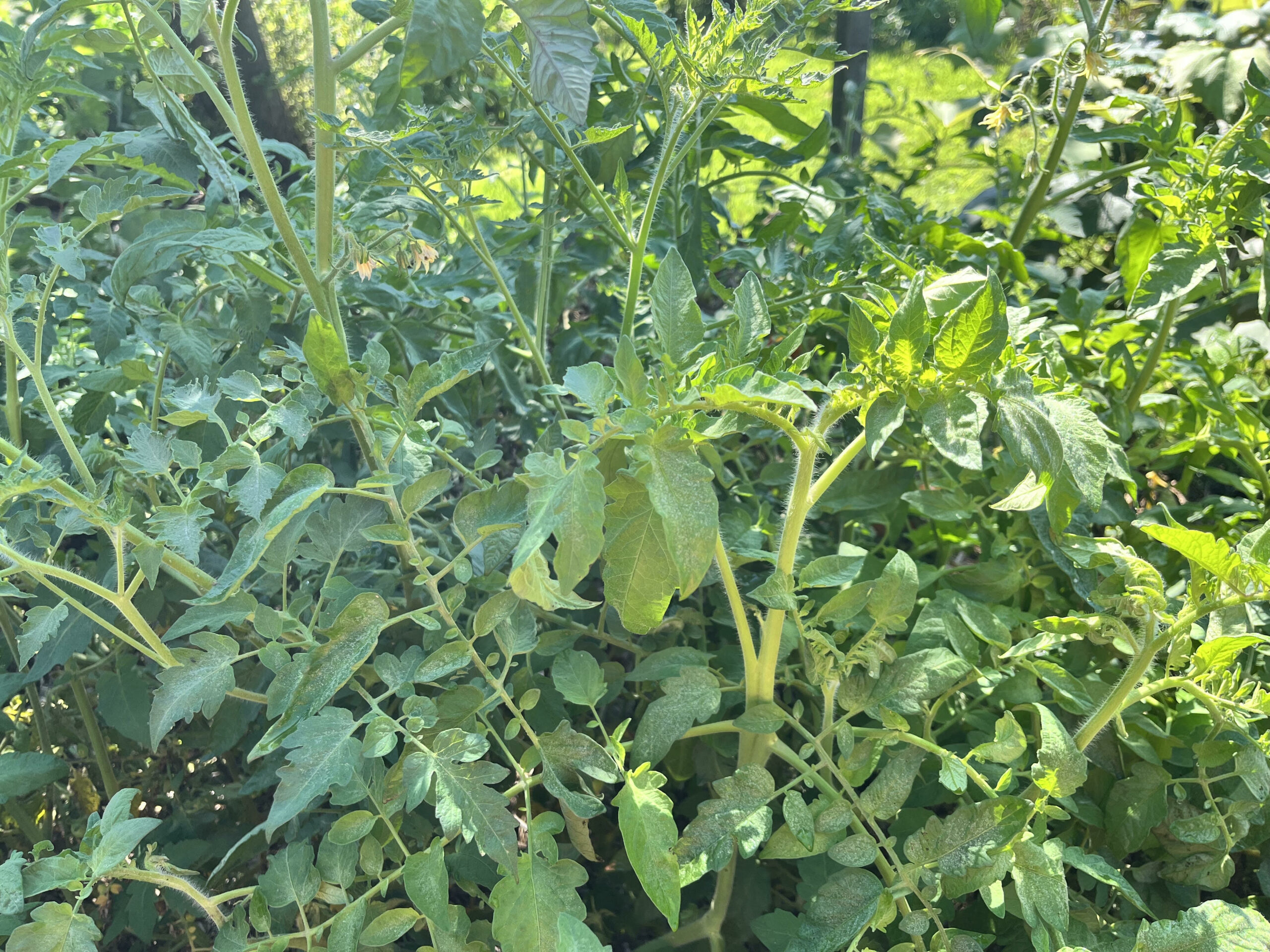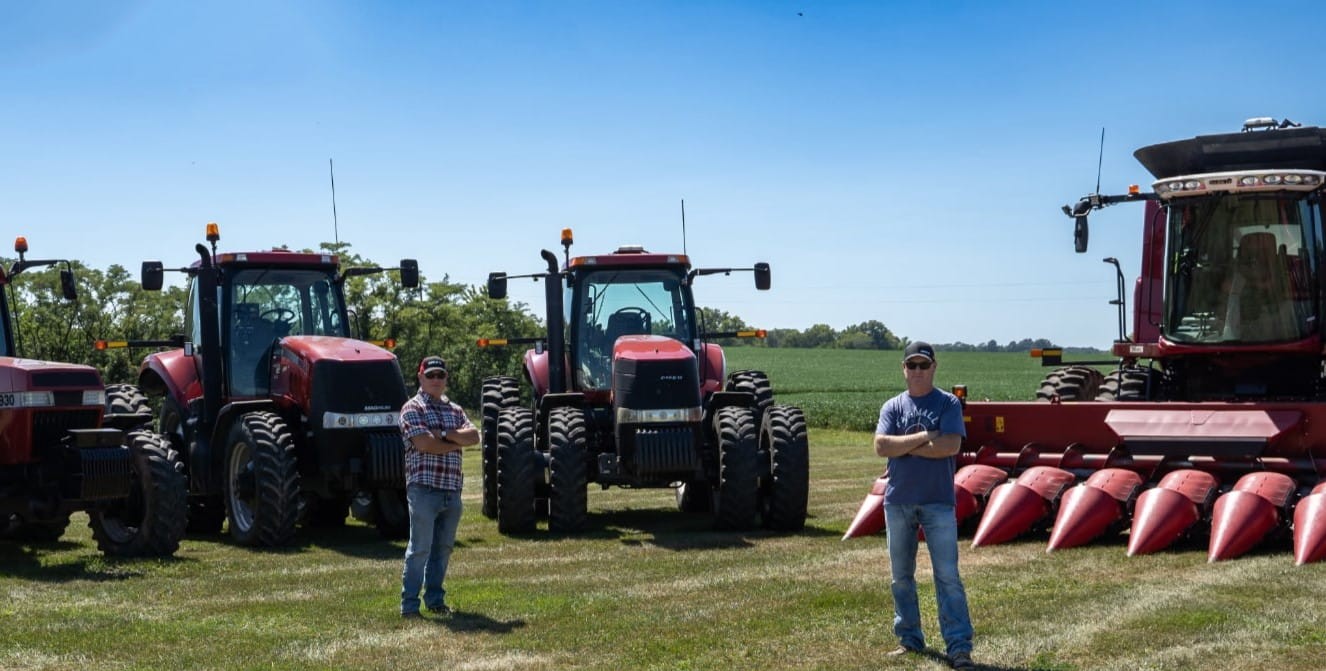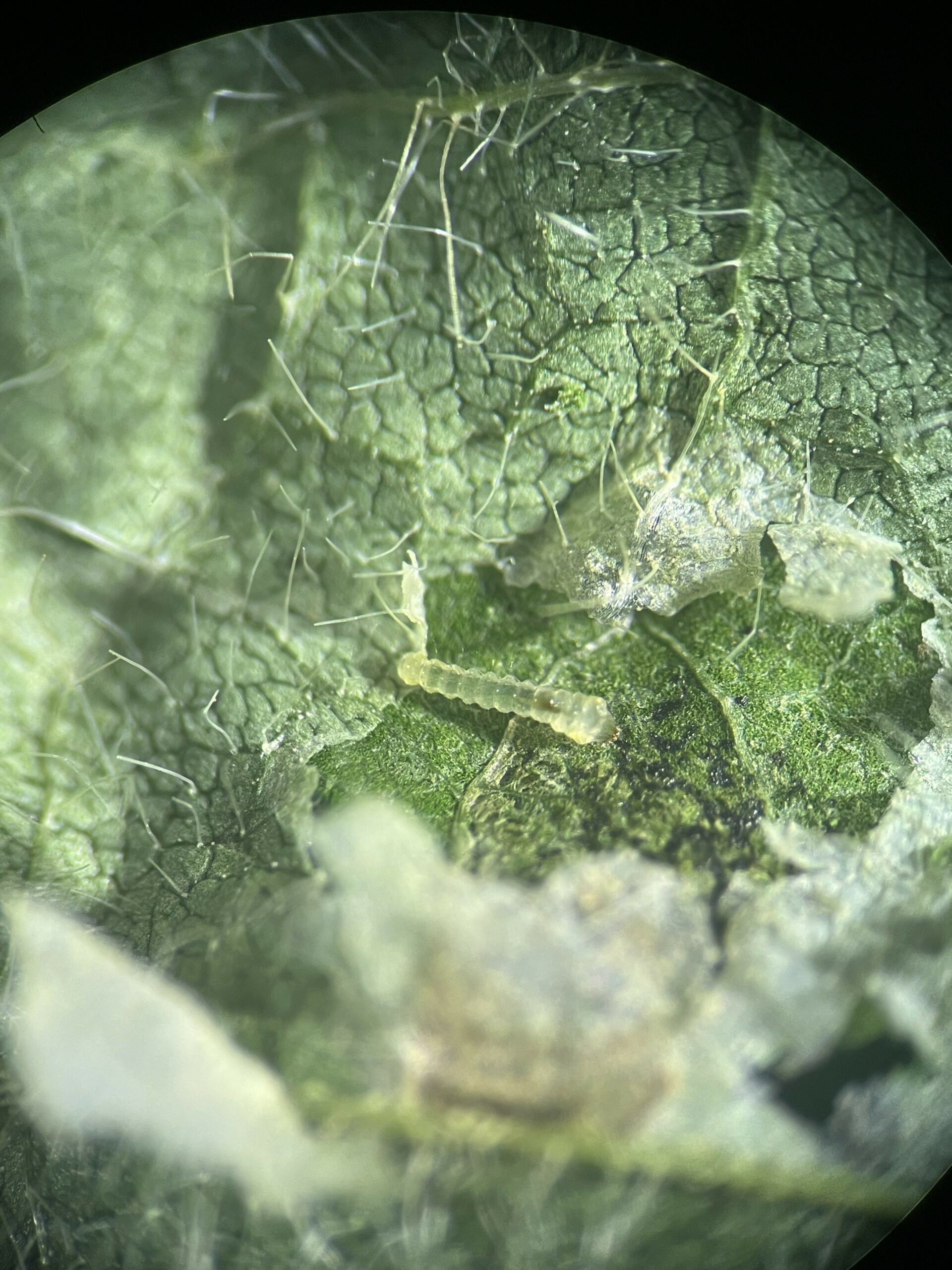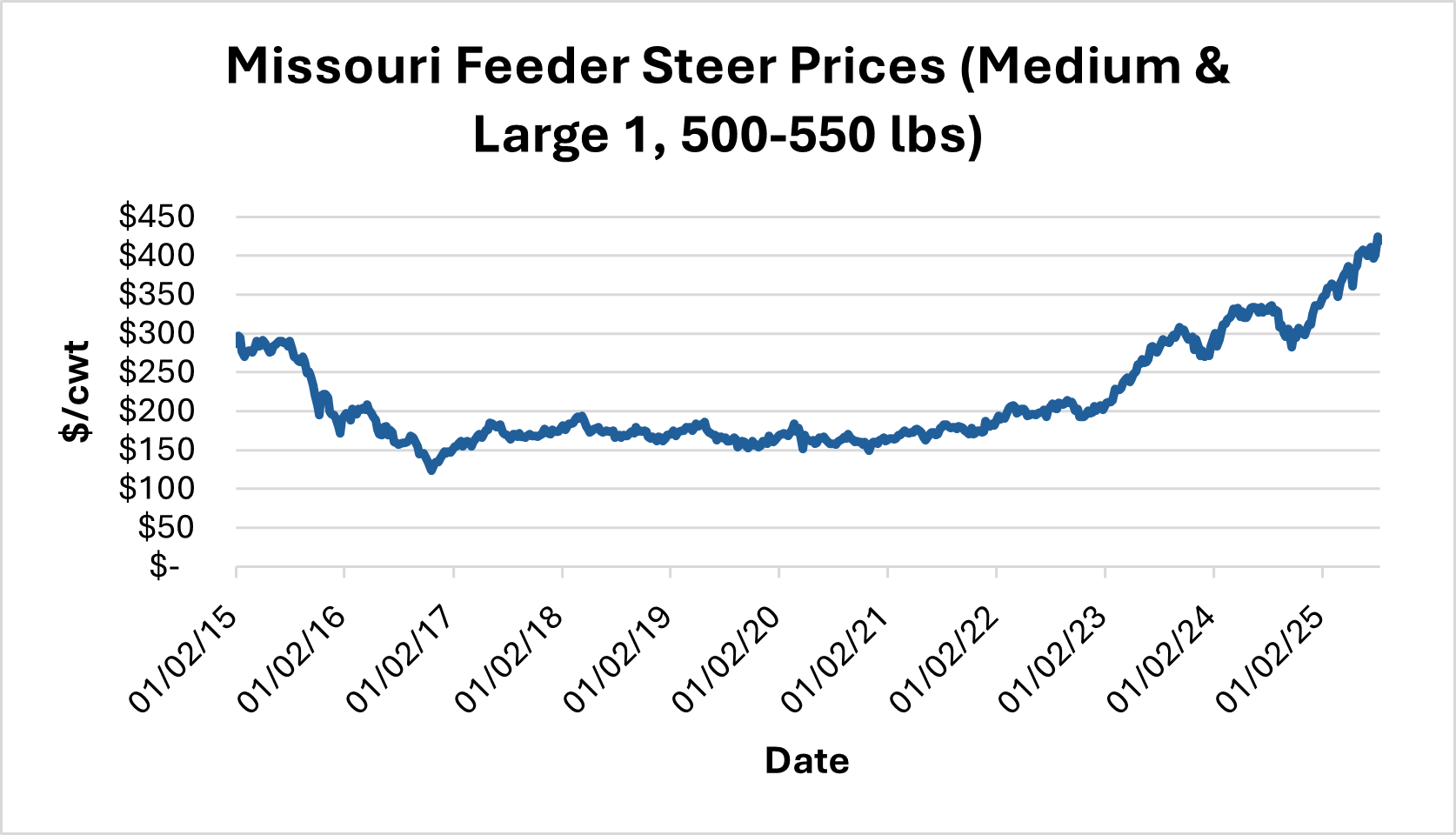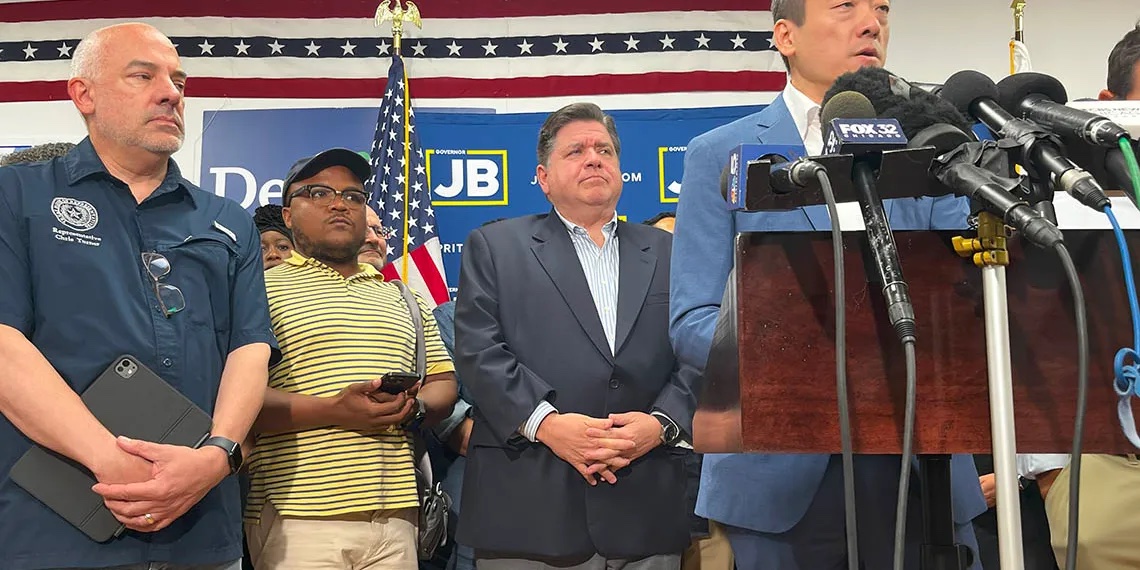Everything that is flourishing in your yard, flowerbeds, and garden has benefited from the recent rains. Hopefully, the much-needed rains will keep coming. The only issue is that you get undesired weeds as well. So don’t get ahead of yourself.
Green beans and tomatoes are two major plants that produce a lot when we have enough rainfall. Vegetables can be grown by both until the first deadly frost.
Since mid-April, I have been growing green beans in the raised beds at the Father Buhman Center’s Shelbina community garden roughly every two weeks. This is to ensure that there is a healthy supply of green beans available for picking.
Fighting Japanese Beetles has been my largest issue with green beans, but this year they should be over. I believe we won’t get as many green beans the following year after applying neem oil to them.
Everyone can now pick tomatoes from the community garden as they are finally beginning to produce. Numerous sizes and types are available. It looks like with all the rain we have been receiving. As many tomatoes as you desire will be available for us.
Hornworms are one of the most significant pest issues we face with tomatoes throughout this season. Tomato and tobacco hornworms are the two primary hornworm species that prey on tomatoes. After hatching, they begin eating the tomato plant’s leaves. They also consume potatoes, egg plants, and pepper.
Both tobacco and tomato hornworms have horns and are green in color. Tomato Hornworms have white V-shaped patterns on their backs and a black horn. The backs of tobacco hornworms have parallel white stripes, and the tail end has a red horn.
They can usually be easily removed by hand from your plants. After that, you must destroy them. I have used them as fishing bait. You can kill them using a pesticide. However, you can also be killing beneficial insects when you use a pesticide.
You should begin planting your fall vegetable garden at this time of year. By the second or third week of October, there may be frost in this area of Illinois and Missouri.
Cool-season veggies, which you planted in the spring, make up the majority of the crops you will plant in a fall garden. Lettuce, Spanish, radishes, beets, collards, kale, cabbage, broccoli, cauliflower, carrots, turnips, and even green beans are among the greatest vegetables to cultivate.
Some of these vegetables will be planted in the raised beds at the Father Buhman Center’s St. Mary Community Garden in Shelbina. Fresh vegetables were available to us until the first deadly frost last year.
Since we often don’t receive much rain at this time of year, you might need to water your veggies. For the seeds you planted to sprout and emerge, you must ensure that they receive adequate moisture. They will be able to produce food for you to eat sooner if they rise faster. Keep in mind that the first deadly frost won’t occur until roughly the middle of October.
You should be cleaning up and turning your crops into a compost pile as soon as they cease producing. They must be destroyed if they are unhealthy and containing insect eggs.
Make a garden plan while you’re at it, noting where all of your vegetables have been this year. For that reason, you can avoid planting the same crops in the same spot in 2026. This assists you in determining the type of vegetable seed you will require in 2026.
Thank you so much for all of your previous questions, and I look forward to more in the days ahead. Please don’t stop asking. Shelby County Implement, Shelbina, Missouri, 573-588-2040. [email protected]Greenwell’s Greenhouse Group on Facebook. I truly want to visit with you whenever you have a query or wherever you are. I hope you enjoyed this edition of The Hort Report and enjoy the weather.
